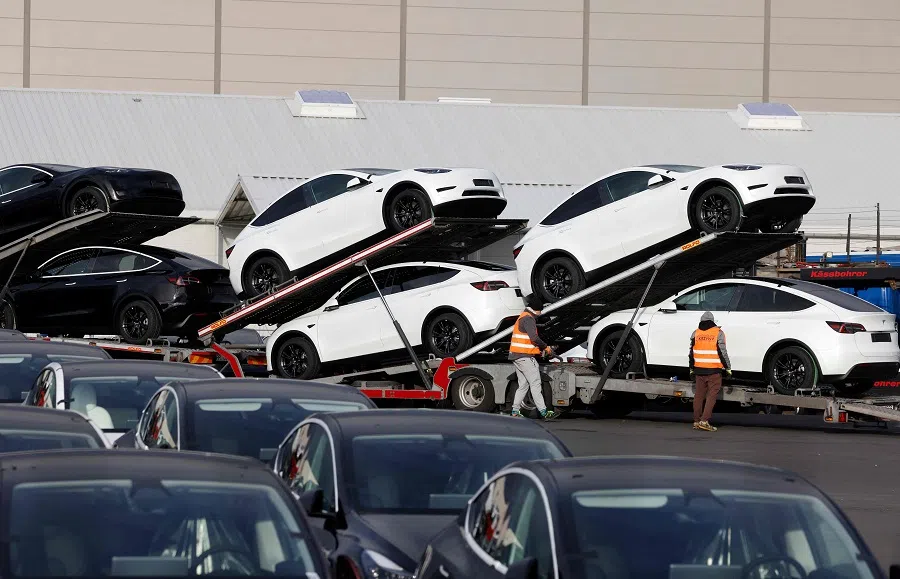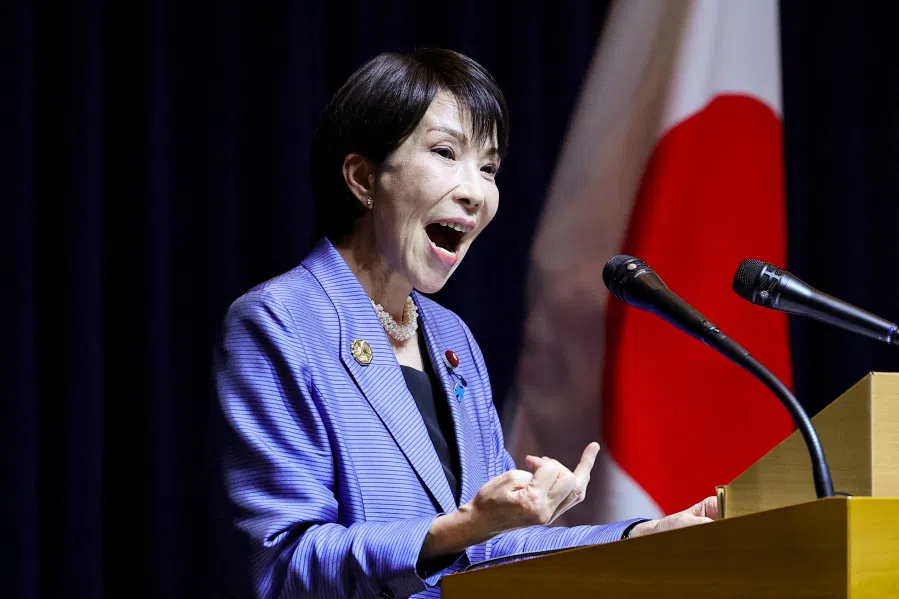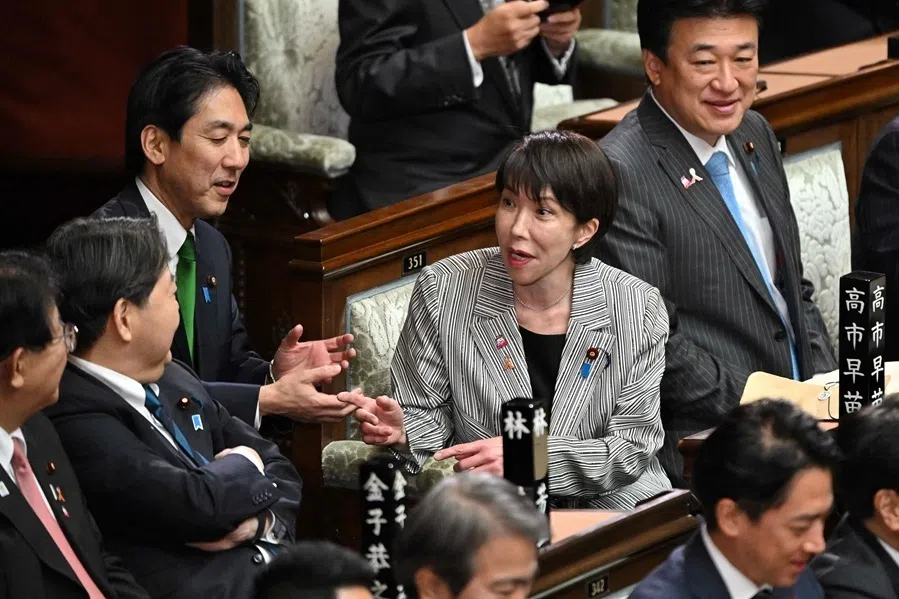Americans will pay for Trump’s pullback on climate
Trump’s return brings renewed “America First” policies, including withdrawing from the Paris Agreement. While China adopts a “wait-and-see” approach, the cost of climate inaction will likely fall on the American people facing escalating extreme weather events. Academic Erik Baark offers his analysis.

The inauguration speech by Donald J. Trump as the 47th US president offered some insights into the policies that he wishes to pursue. What are the likely consequences for energy and climate change? And what are the potential impacts for the US-China relationship?
Drill, baby, drill
In the spirit of Making America Great Again (MAGA), Trump’s vision in the promised golden age for America includes a declared national emergency for energy, which basically means opening large territories for the oil and gas industries to extract fossil fuel resources for the US. This wish is epitomised in his statement: “The inflation crisis was caused by massive overspending and escalating energy prices. And that is why today I will also declare a national energy emergency. We will drill, baby, drill.”
Trump’s ambition is underscored by his wish to bring back manufacturing to the US: “America will be a manufacturing nation once again, and we have something that no other manufacturing nation will ever have: the largest amount of oil and gas of any country on Earth. And we are going to use it.” In particular, Trump intends to save the US auto industry, keeping his “sacred pledge to our great American auto workers.”
At the same time, he promised to end the Green New Deal that President Joe Biden used his executive authority to introduce in 2023. These policy reversals will no doubt increase the US share of global carbon emissions. They are also likely to grow if Trump succeeds in ending what he termed the “electric vehicle mandate” despite the fact that no “mandate” on electric vehicles exists. Nevertheless, his promise to end support for electric vehicles could possibly become a setback for the share prices of Tesla, the darling of Trump’s ally Elon Musk.
Chinese manufacturers also have access to high-quality engineering talent, something that has proven difficult in the US.

Whether or not America will become a manufacturing nation again, relying on untapped reserves of oil and gas, remains an open question. The US is the second largest manufacturer in the world with 15.9% of world gross output in 2024, trailing behind the 31.6% share of world output by Chinese manufacturers. The competitive advantages for Chinese producers include low costs, a large workforce and high production quality.
Chinese manufacturers also have access to high-quality engineering talent, something that has proven difficult in the US. For example, the Apple CEO Tim Cook recently argued that the reason iPhones are made in China is the availability of high-quality workforce: “In the US, you could have a meeting of tooling engineers, and I’m not sure we could fill the room. In China, you could fill multiple football fields.” In other words, while it still needs to design new phones in America, it would be costly and difficult for Apple to move the actual manufacture of iPhones back to the US.
... in the long run the American people are likely to bear the costs of the Trumpian retreat from climate action.
Goodbye, Paris Agreement
Trump’s efforts to reverse the climate-related initiatives in the US also included an executive order to leave the Paris Agreement on climate change. It is ostensibly done to put the interests of the US and the American people first in the development and negotiation of any international agreements with the potential to damage or stifle the American economy. Yet, the macroeconomic impact of Biden’s recommitment to the Paris Agreement was forecast to reduce real income in the US by only 0.17% in 2030.
It is doubtful that the economic costs of US contributions to reducing carbon emissions under the Paris Agreement would exceed the costs of increased risk from climate change during 2024, when the hottest year on record generated hurricanes with more extreme rainfall, and led to more intense and destructive wildfires. In other words, in the long run the American people are likely to bear the costs of the Trumpian retreat from climate action.

The US has had a roller-coaster relationship with major climate agreements, from President George W. Bush, who refused to sign the Kyoto Agreement reached through extensive negotiations in 1977, to the swing door circus of entering, leaving, entering, and leaving the Paris Agreement since 2015. The result has been that Europe and China have gained prestige in terms of consistently promoting climate action — regardless of their continued reluctance to finance major UN initiatives for climate mitigation and adaptation in the global south.
China now sees itself as the largest producer and deployer of clean energy, and a leader advancing national and international initiatives to reduce climate change. At the same time, China remains the world’s largest carbon emitter, with coal still occupying a major share of energy production. Hopefully, this aspect of holding a leadership position will be moderated as the country implements the “double carbon” policy.
Trump’s overseas ambitions
The foreign policies that Trump champions also feature the impact of his “America First” vision. This includes his promise to raise tariffs on imports into the US, which appear to be motivated by the desire to return manufacturing to America and reverse trade deficits. Such tariff schemes have previously been one of Trump’s favorite instruments for getting a deal with other nations, and have already been announced repeatedly during the election campaign.
Although the promise of exorbitant tariffs has been greeted with applause by the MAGA crowd, simple economic theory predicts that they will increase prices and inflation; thus, these tariffs constitute a tax on large segments of the American population, and therefore might not become reality after all.
The acquisition of Greenland would involve an attack on the territorial sovereignty of an ally and appear to be motivated by strategic concerns in the Arctic and by the desire for access to Greenland’s rich natural resources such as rare earth minerals.

Trump also referred to his dreams of overseas expansion of American territory, by using military force to retake control of the Panama Canal that had been returned to the Panamanians by a treaty that the US Senate had voted for in 1978. This was also the only time that he mentioned China, which he falsely accused of operating the canal. Possibly Trump was restrained in his criticism of China by the fact that the Chinese Vice-President Han Zheng was attending the inauguration as a sign of goodwill.
Interestingly, Trump also did not refer to his earlier announcements to make Canada the 51st US state, or his threat to use military force to take over the island of Greenland. The acquisition of Greenland would involve an attack on the territorial sovereignty of an ally and appear to be motivated by strategic concerns in the Arctic and by the desire for access to Greenland’s rich natural resources such as rare earth minerals.
With the visit of Donald Trump Jr to Greenland in January, the message was reinforced by a photo op with a small group of homeless people wearing MAGA caps and enticed by the prospect of a free lunch. Múte B. Egede, the prime minister of Greenland, has argued that Greenlanders do not want to become Americans, but are keen to become an independent country in the future and improve its economic relations with the US.
Chinese response to Trump’s speech
The official Chinese response to Trump’s inauguration speech was true to style, as Chinese foreign ministry spokesperson Guo Jiakun said: “Under the strategic guidance of the two heads of state and based on the principles of mutual respect, peaceful coexistence and win-win cooperation, China is ready to work with the new US government to maintain communication, strengthen cooperation, properly manage differences and achieve greater progress in China-US relationship from a new starting point.”
Guo added: “China is concerned over the US’s announcement of withdrawal from the Paris Agreement. Climate change is a challenge facing all humanity, and no country can stay insulated.”
China’s response to Trump’s rhetoric appears to uphold a wait-and-see attitude, consistently expecting the new US president to be unpredictable and unreliable.

However, Trump’s comment on planting the stars and stripes and building the strongest military the world has ever seen, did evoke some comments from Chinese observers.
Xiao Yu, a research fellow at the Chinese Academy of Social Science, argued that although Trump 2.0 may have a different style of doing things from the Trump 1.0 era, his businessman nature has not changed. Furthermore, his view was that this business mentality may be the fundamental cornerstone to understand the direction of US economic policy in the future. Under the “America First” mindset, the prospects for global scientific and technological cooperation are not optimistic.
A commentary published by a Shandong newspaper probably reflects the sentiment of many people, arguing that the US wants to use China to hype up and beautify its aggressive rhetoric, but China directly denies it and rejects the US hype. It can be seen that Trump’s ambition to “expand territory” has aroused China’s vigilance. Even if Trump continues to make moves in the future, China will be fully prepared to respond and will not fall into the US trap.
In essence, China’s response to Trump’s rhetoric appears to uphold a wait-and-see attitude, consistently expecting the new US president to be unpredictable and unreliable. This attitude may provide a comfortable position in the short run, but is likely to be sharpened into a more definite resistance to Trump’s demands in the long run.





